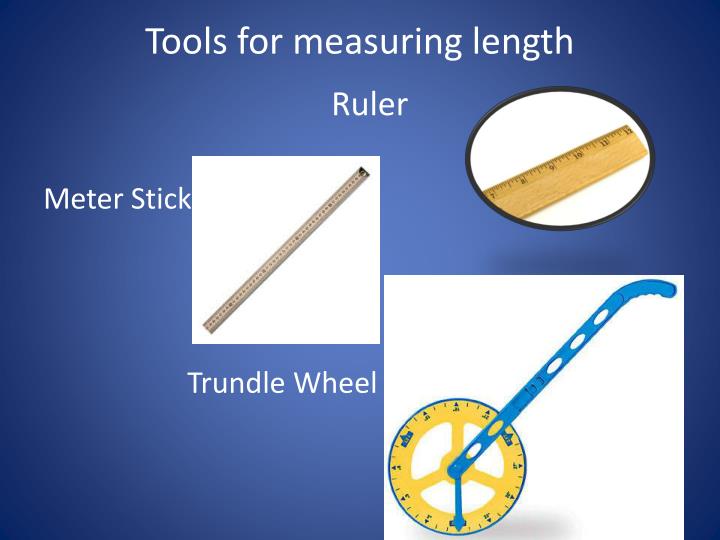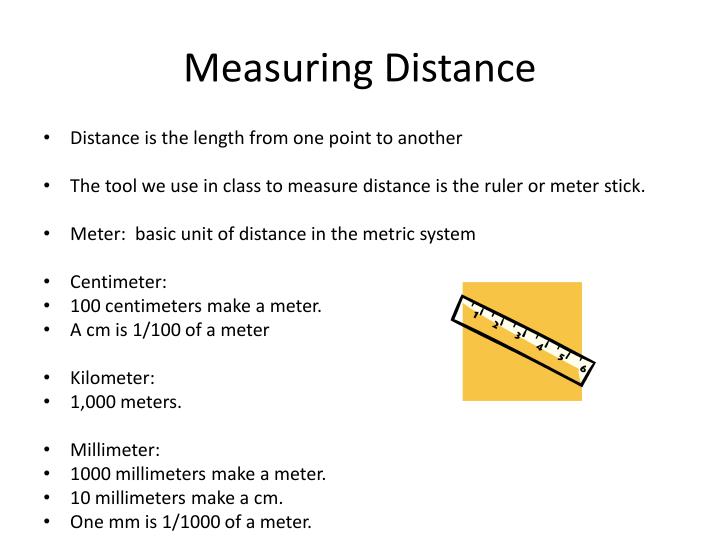
It’s also important to note that when you load an image into a texture in Vectorworks, that image is embedded into the file, meaning it’s not linked to the original image file on your hard drive. Images can also be referred to as “maps.” To put that another way, some programs refer to the original image files (JPGs, PNGs) as “textures,” while in Vectorworks the word “texture” refers to the finished product which can be applied to objects. Some programs might call these channels or slots.Ī Vectorworks texture can have images loaded in any of the four shaders in other programs this might be described as loading textures into the material. In Vectorworks, a texture refers to what some programs may call a material.Ī shader is any of the four dropdowns in the Edit Texture window where settings are applied (Color, Reflectivity, Transparency, Bump). Type the length of that line and click OK, then Vectorworks proportionally calculates what the overall Width should be and enters this into the Size field for you. If you don’t know the overall width that the image should be, you can click the Set By Image button, then drag the endpoints of the line widget until it lines up with an object in the image (such as an individual brick or plank of wood). Individual objects then have a scaling factor (default “1”) which allows you to make the texture larger or smaller per object, if needed. This is the default size when applied to an object, and it will be tiled as needed depending on the object size. In Vectorworks each texture has a real-world size. Textures in Vectorworks work differently than in programs based on UVW mapping.

In the Size field (lower left area of the Edit Texture window), type in a measurement that represents the width of your image as it should appear on a surface. When you see the Edit Image Color window, click OK again.

In the pop-up, choose Import Image then find the appropriate file on your hard drive and click OK. If you plan on exporting to Unreal, you might explore a naming convention such as “MI_ConcreteRoughWeathered” (Material Instance).ġ.4 Importing Image & Setting the Texture Size You may seen the letters “RT” used in texture names, which stands for Renderworks Texture. Always start with the category name (wood, brick, paint, etc.) followed by a brief description.

Why put the word “Concrete” first? That way when resources are alphabetized, all of the concrete textures are near each other. Always give your texture a descriptive name.įor example, instead of “concrete” try naming it “Concrete Rough Weathered” or “Concrete Polished.”


 0 kommentar(er)
0 kommentar(er)
